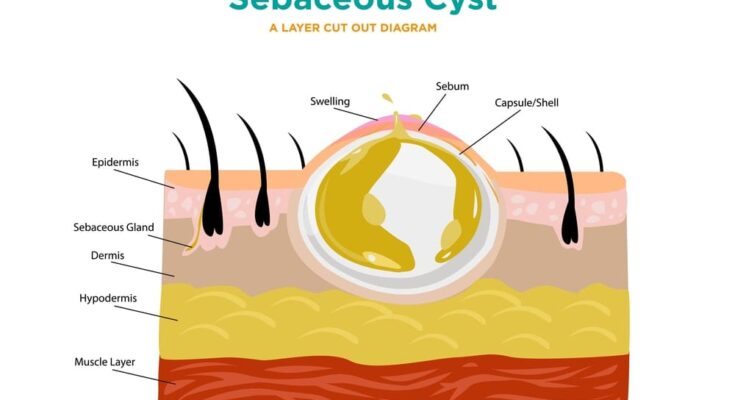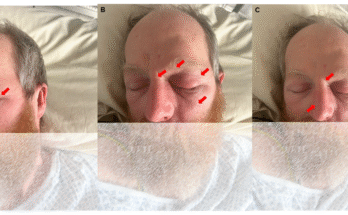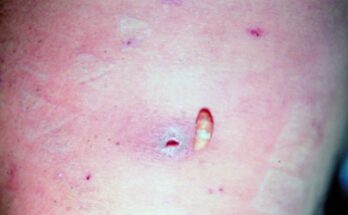A sebaceous cyst is a noncancerous, closed sac that develops beneath the skin. It usually forms when the sebaceous gland or its duct becomes blocked, trapping sebum (an oily substance produced by the skin). These cysts can appear on various parts of the body, commonly the scalp, face, neck, or back. While they are generally harmless, they can grow in size and cause discomfort if left untreated.
One of the main characteristics of a sebaceous cyst is the presence of a firm, round lump under the skin. The cyst may remain small or gradually increase in size over time. Most sebaceous cysts are painless, but if they become infected or ruptured, pain, swelling, and redness can develop. Infected cysts often produce foul-smelling pus and can become quite uncomfortable.
When infection sets in, the cyst may turn into an abscess. This occurs when bacteria enter the blocked gland and cause inflammation. Symptoms may include tenderness, warmth around the area, and drainage of thick fluid. At this stage, medical attention is necessary because the infection can spread to surrounding tissues if ignored.
Treatment depends on the severity of the cyst. Small, painless cysts may not require treatment and can simply be monitored. However, if the cyst becomes painful, large, or infected, medical intervention is needed. Doctors may drain the cyst or perform a minor surgical procedure to remove it completely. Antibiotics are sometimes prescribed if an infection is present.
Prevention is not always possible, but maintaining good skin hygiene and promptly addressing acne or blocked pores may reduce the risk of sebaceous cysts. Importantly, squeezing or attempting to pop a cyst at home is not recommended, as it can worsen the infection and lead to complications.
In conclusion, sebaceous cysts are usually harmless but can become problematic when infected. Seeking medical care at the right time ensures proper treatment and reduces the chances of recurrence. Understanding this condition helps in early recognition and management, preventing unnecessary discomfort and complications.



